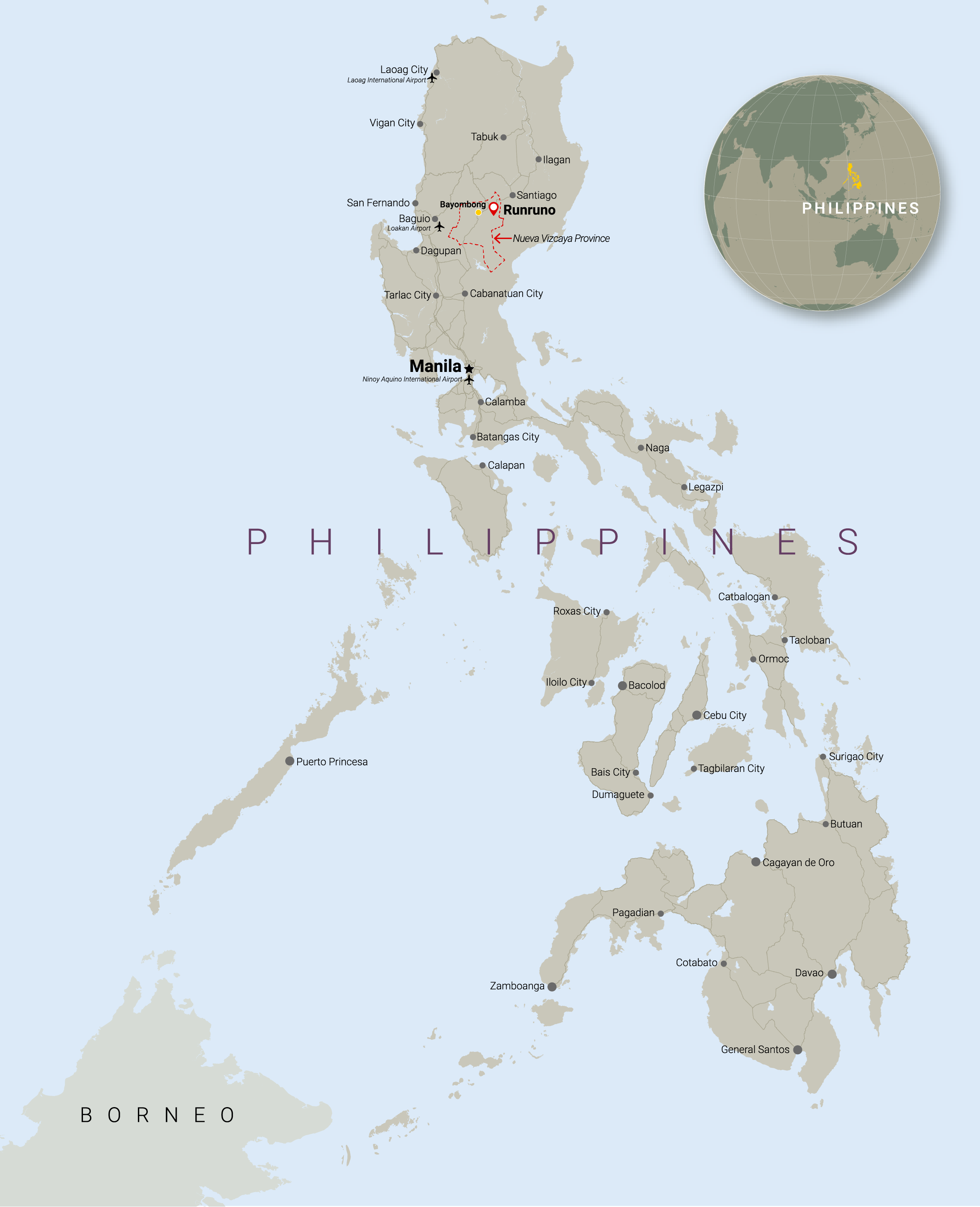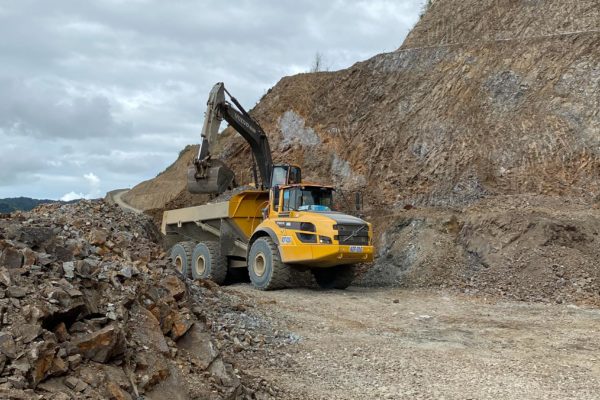The Philippines comprises 7,107 islands in the western Pacific Ocean, sharing maritime borders with Indonesia, Malaysia, Palau, the Republic of China (Taiwan), and Vietnam. The Philippines is the world’s 13th most populous country with a population of almost 110 million people. Its national economy is the 46th largest in the world with an estimated 2008 gross domestic product (GDP) of over US$154 billion. There are more than 11 million overseas Filipinos worldwide, about 11% of the total population of the Philippines. It is a multi-ethnic country. Ecologically, The Philippines is considered to be among 17 of the most megadiverse countries in the world.
The Philippines
The Philippines, officially known as the Republic of the Philippines, is an Island country located in Southeast Asia with Manila as its capital city.
Prior to the arrival of Europeans in 1521, the Philippines was already settled by Austronesian (Malayo Polynesian) peoples. The Philippines became a Spanish colony in the 16th century, and a territory of the United States at the beginning of the 20th century. In 1896, rebellion led the Philippine Revolution that won independence from Spain. American occupation of the Philippines during the Spanish-American War led to the outbreak of the Philippine-American War. A Commonwealth government was established in 1935, which allowed self-governance. The country gained its independence from the United States on July 4, 1946 after World War II. Martial law was declared in 1972 which led to the insurgencies of the New People`s Army and the Moro National Liberation Front. Liberal parties then led People Power Revolution of 1986, which would bring the country back to democracy.
The Philippines is one of only two predominantly Roman Catholic countries in Asia-Pacific, the other being East Timor. Pre-Hispanic indigenous rituals still exist; and there are also followers of Islam. Spanish was an official language of the Philippines until 1973. Since then, the two official languages are Filipino, and English.
The name Philippines was derived from King Philip II in the late 16th century. The Spanish explorer Ruy Lopez de Villalobes used the name Las Islas Filipinas (the Philippine Island) in honor of the then- Crown Prince during his expedition in the Philippines, originally referring to the islands of Leyte and Samar. Despite the presence of other names, the name Filipinas was eventually adopted as the name of the entire archipelago.
Mining industry in the Philippines
The Philippine archipelago sits within a geological zone of volcanic activity and frequent activity at the borders of the tectonic plates known as the Ring of Fire, which extends from the archipelago to Indonesia while encircling the basin of the Pacific Ocean. As a result Philippines is blessed with extensive mineral wealth, with the main commodities being gold, copper and nickel.
However, over its history, poor mining practices, especially by smaller scale operators have resulted in concerns over health, safety, the environment and indigenous rights and subsequent considerable anti-mining sentiment in the country, which is widely viewed as a problematic mining jurisdiction. This has been exacerbated by populist policies, often damaging to the local economies, overlapping policies between central and local government. It is first important to consider landmark moments from the mid 1990’s to contextualise perceptions of the mining industry today.





